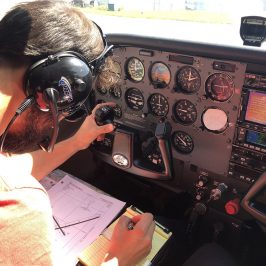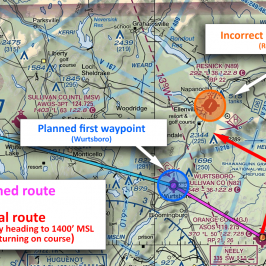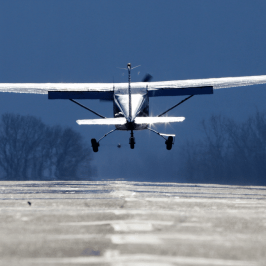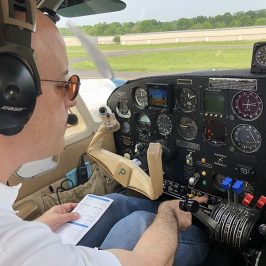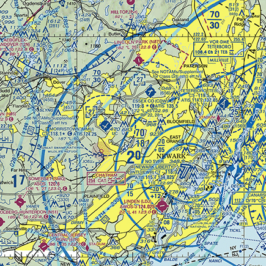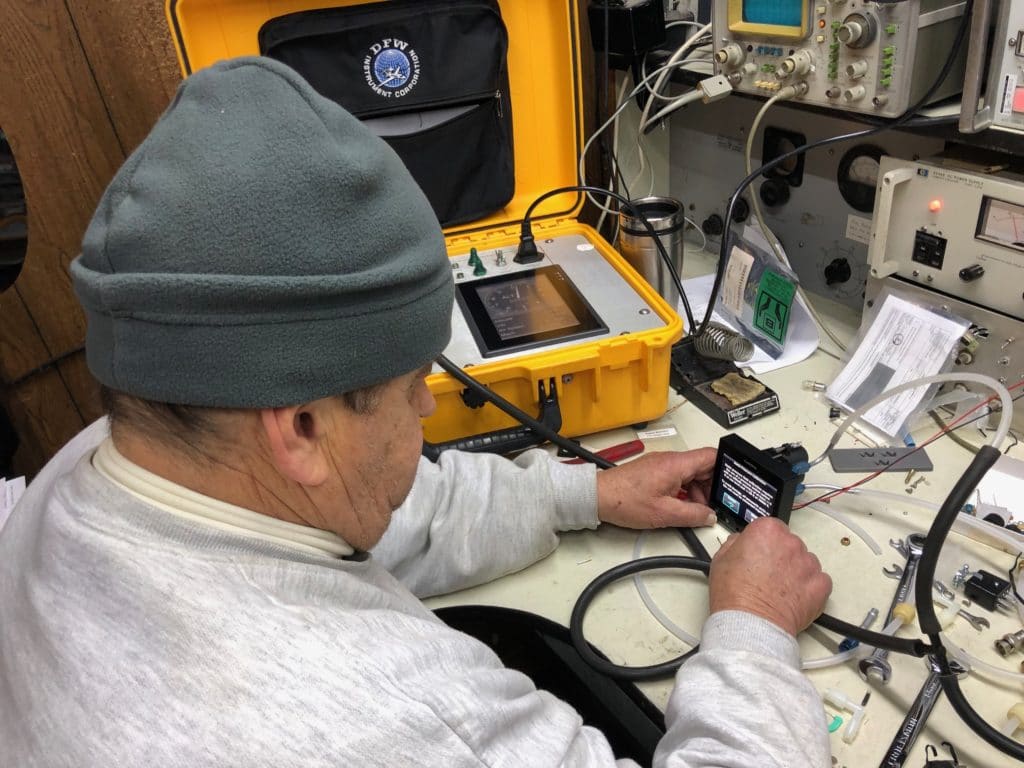
It’s important for all airmen to have the ability to review the aircraft logbooks and determine that the required inspections have been performed. The requirements for the aircraft’s annual and 100 hour inspection requirements are addressed in 14 CFR 91.409(a) and (b) but as all pilots should be aware, there are other inspections and actions required to maintain airworthiness. The popular acronym “AV1ATES” speaks to these requirements:
- A – Annual inspection C/W (14 CFR 91.409(a))
- V – VOR check (30 day, IFR only) (14 CFR 91.171)
- 1 – 100 Hour Inspection (if being use for hire or flight training) (14 CFR 91.409(b))
- A – Altimeter inspection and automatic pressure altitude reporting system (24 calendar months) (IFR only) (14 CFR 91.411)
- T – Transponder test/inspection (24 calendar months) (14 CFR 91.413)
- E – ELT inspected (12 calendar months – 14 CFR 91.207(d)), battery replaced if transmitter used for more than one cumulative hour, or battery replaced when “50 percent of their useful life” has expired (14 CFR 91.207(c)).
- S – Static system tested within 24 calendar months per 14 CFR 91.411(a)(1). (IFR only)
Can you find all of these inspections, tests, and checks in your aircraft’s maintenance logbooks? If not, you’re unable to determine the aircraft is in a “condition for safe flight.” Your pre-flight inspection is only part of that determination.
Here’s another interesting question. What about ADs (Airworthiness Directives)? They’re not referenced in the AV1ATES acronym.
Well, let’s first look at what an AD actually is. Per 14 CFR 39.1, “FAA’s airworthiness directives are legally enforceable rules that apply to the following products: aircraft, aircraft engines, propellers, and appliances.” This means that an AD, when it applies to a given aircraft engine, propeller, or appliance, is regulatory. What is a pilot’s obligation here?
It’s reasonable to expect that you’ll get some help when it comes to ADs. After all, many pilots are not aircraft owners. What if you fly different flight school or rental airplanes and aren’t intimately familiar with the maintenance history of each and every aircraft? Without going too deep (is it too late?) the AMT performing the Annual or 100 hour inspection is instructed under 14 CFR 43.11(a) to provide “maintenance record entries” which return the aircraft to service having been “determined to be in airworthy condition” (14 CFR 43.11(a)(4)). Failing that, a “list of discrepancies and unairworthy items has been provided for the aircraft owner or operator.” (14 CFR 43.11.(a)(5)) That is to say that an Annual Inspection can be completed, yet it is still possible that the aircraft may be returned to the owner or operator in unairworthy condition.
14 CFR 43.11(b) addresses the AD question posed above.
(b) Listing of discrepancies and placards. If the person performing any inspection required by part 91 or 125 or §135.411(a)(1) of this chapter finds that the aircraft is unairworthy or does not meet the applicable type certificate data, airworthiness directives, or other approved data upon which its airworthiness depends, that person must give the owner or lessee a signed and dated list of those discrepancies.
14 CFR §43.11(b)
For Part 91 operations, this obligates the mechanic conducting the inspection to verify that all previous ADs have been complied with, no new ADs apply to the aircraft since the last maintenance was performed, and that any “recurring/periodic” ADs (those Airworthiness Directives requiring repeated action at calendar or hourly intervals) have been complied with. Often, a mechanic or aviation maintenance facility will perform AD research during the course of the aircraft’s annual inspection and provide an “AD compliance report.” This is a semi-automated process for which various software providers have built tools so that mechanics can quickly and accurately search the database for applicable ADs. An AD compliance report, while not mandatory under Part 91, is an invaluable tool for the pilot wishing to verify a given aircraft’s airworthiness. At the very least, the mechanic’s log entry must speak to ADs which were addressed during the inspection.
There will be more on ADs later in the discussion.
(Continued in Part II)


